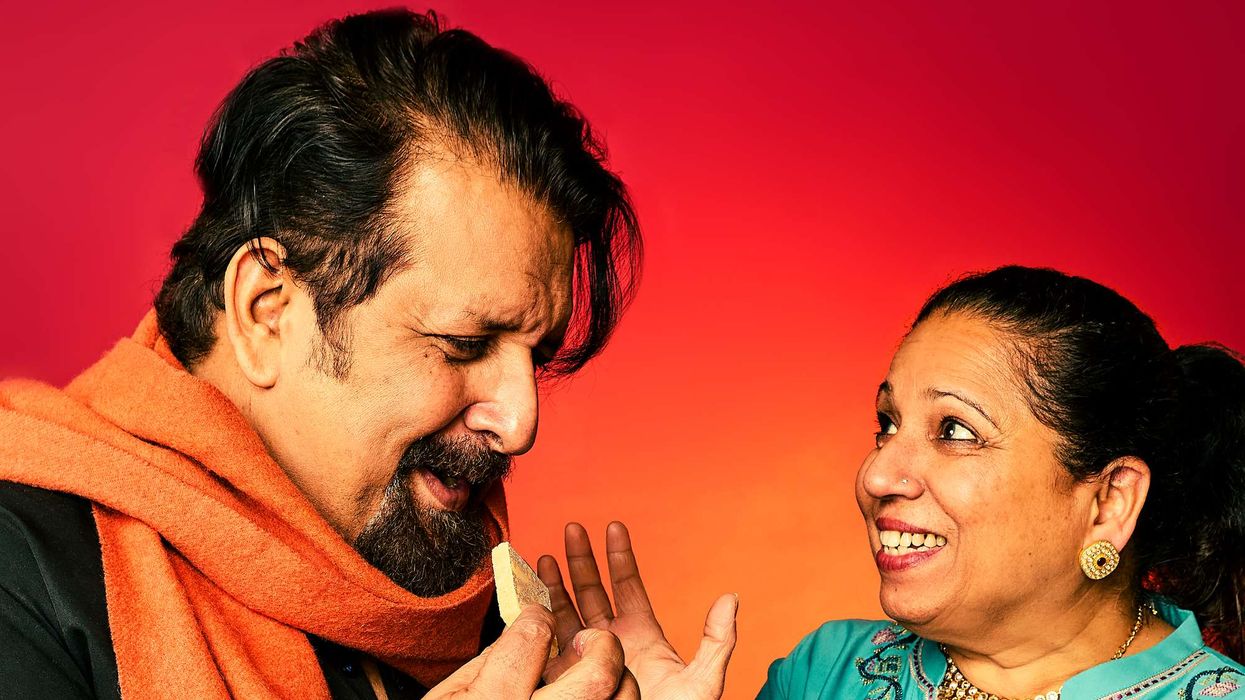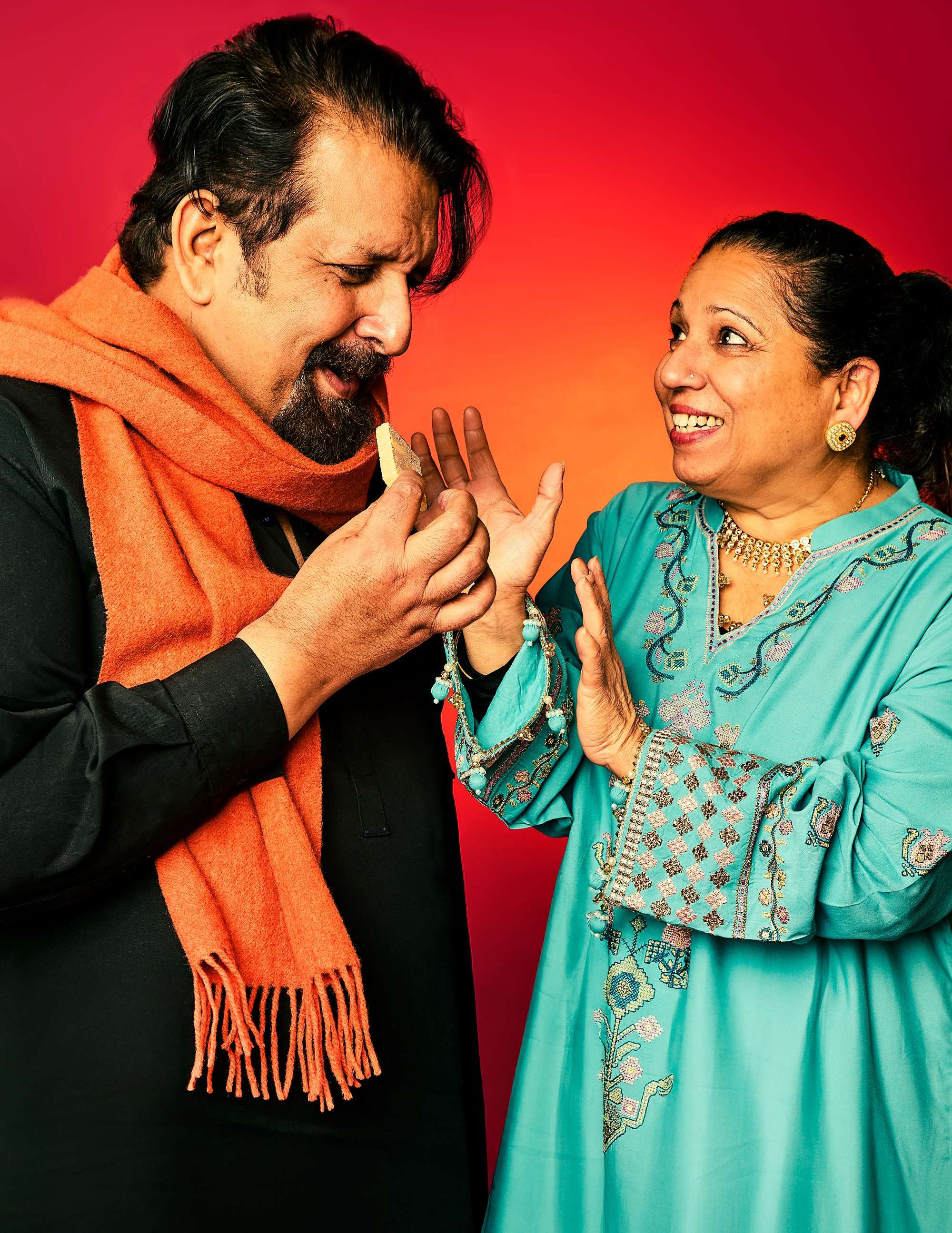One of the leading moviemaking banners Dharma Productions, headed by filmmaker Karan Johar, has decided to defer the release of their upcoming film Good News from 6th September to 27th December.
Well, this is not the first time when the release date of the hotly anticipated movie has been reshuffled. Good News, which marks the directorial debut of Raj Mehta, was earlier scheduled to hit the marquee in the second quarter of 2019. However, its release was later pushed to September.
The movie is headlined by Akshay Kumar, Kareena Kapoor Khan, Diljit Dosanjh and Kiara Advani. The film reunites Akshay with Kareena after a huge gap of a decade. They were last seen together in Kambakkht Ishq, which released in 2009.
Diljit Dosanjh, who is doing his first movie with Dharma Productions, took to Instagram to share the new release date. His caption read: “Bringing in the New Year with ‘Good News’ for you. Delivery date: 27th December 2019”.
Now Good News will roll into theatres one week after superstar Salman Khan’s much-awaited Dabangg 3.





 Bush Theatre’s 'Sweetmeats' highlights diabetes risks in south Asian community through elder love story Bush Theatre’s 'Sweetmeats' highlights diabetes risks in south Asian community through elder love story
Bush Theatre’s 'Sweetmeats' highlights diabetes risks in south Asian community through elder love story Bush Theatre’s 'Sweetmeats' highlights diabetes risks in south Asian community through elder love story 





